Middle East travel and tourism birthing pains
TravelMole Guest Comment by Clement Wong, travel and tourism manager Middle East, Euromonitor International
The rise of tourism in the Middle East has been nothing short of phenomenal, especially coupled with the substantial investments made in this sector over the past few years.
According to research by Euromonitor International, the Middle East is the second fastest growing region for tourism in the world with incoming travellers increasing by 67% between 2001/2006 to reach 33.4 million.
Tourism receipts have also grown by 67% over the 2001/2006 period to USD 24.7 billion.
However, all is not bright and rosy for the region as it faces very real problems perhaps affecting the future of the infant Middle Eastern tourism industry.
Labour is a restraining factor in the Middle East where locals are in need of hospitality training combined with a reduction in the reliance on expatriate workers.
In this case, the Middle Eastern market would do well by the Chinese model of investors transferring knowledge to locals via joint ventures. Expatriate loyalty is very much related to their incomes, and the recent weakness of the US dollar and UK pound have resulted in real incomes falling and not keeping up with inflation, hence resulting in the flight of globally mobile labour.
The next challenge for the growth of Middle Eastern tourism would be the development of the regional tourism market, in particular the potential of Halal tourism.
The current situation seems to be more inclined to developing tourism to attract non Middle Eastern arrivals. There is only a limited market segment amongst the non Middle Eastern tourist markets that are interested in flashy new shopping malls and attractions, and these in itself will not invoke a desire for repeat visits.
For the region to be successful, it needs to first develop the regional market, as similarly done in the European and Asian tourism markets, and then develop tourism related infrastructure for the international market.
With a common language and similar cultures bringing together different Middle Eastern countries, more has to be done than investment in physical infrastructure to build regional tourism.
Investment in the development of cultural infrastructure has to occur to help drive return visits from regional tourists.
Currently due to limited expenditure options in the region, shopping is the number one expenditure for tourists from the UAE, Oman, Saudi Arabia with one third of all expenditures, followed by a accommodation with a fifth of expenditure, and travel within the country only at 10%.
Some examples of successful ideas to draw regional tourists are Arabic film festivals, joint promotions and celebrations of religious activities such as Eid al-Fitr, and music festivals.
Dubai and Doha are taking the lead in this area with its decision to build a Prophet Mohammed Museum and the Islamic Art Museum.
The future looks bright for the industry if these issues are successfully tackled.
Euromonitor International expects the region to receive 60 million inbound tourists between 2006 and 2011 to the Middle East, with Jordan, Bahrain and Saudi Arabia leading in terms of number of tourists.
A regional integration of the visa regime and a common currency would greatly expedite the further growth of the industry.
There also has to be more intraregional efforts in developing this sector as this will benefit the entire region as a whole and allow for growth with less financial commitments.
 United Kingdom
United Kingdom United States
United States Asia Pacific
Asia Pacific

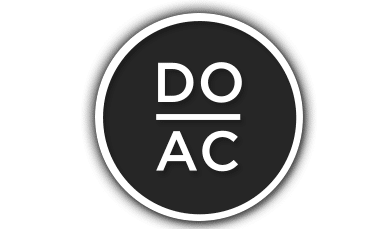

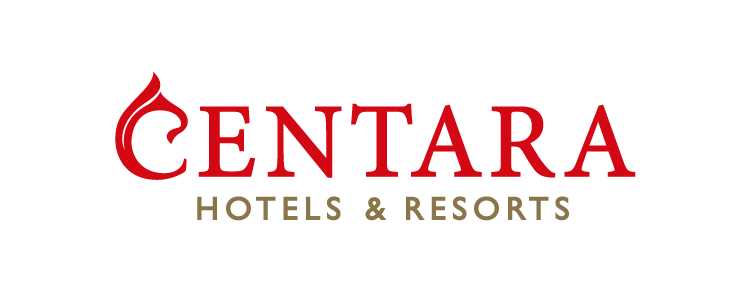
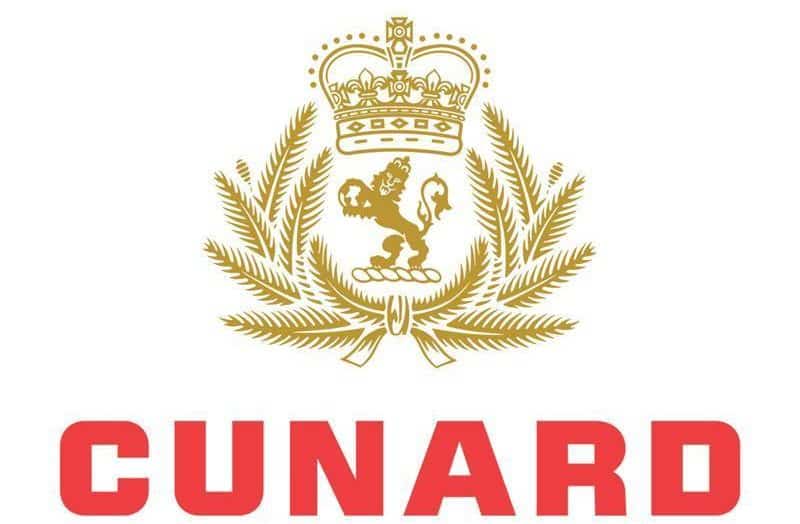



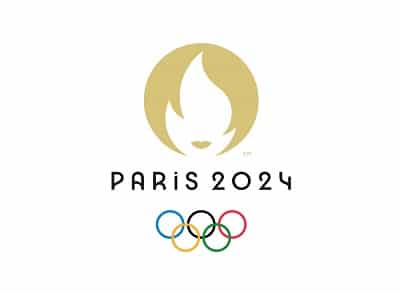
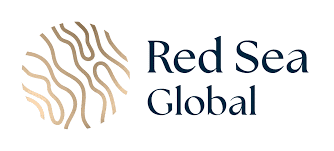

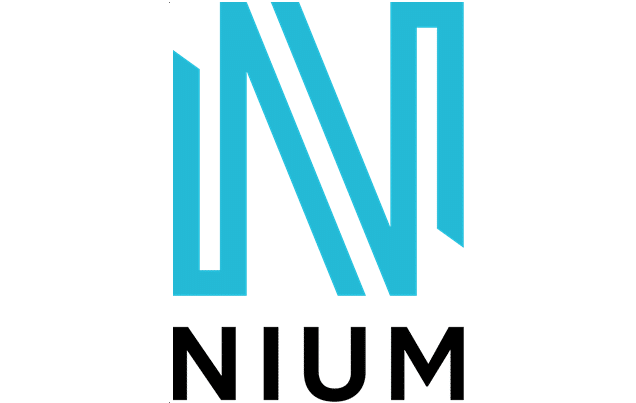

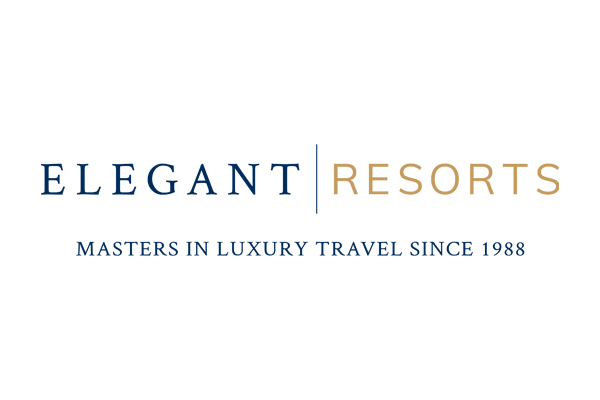


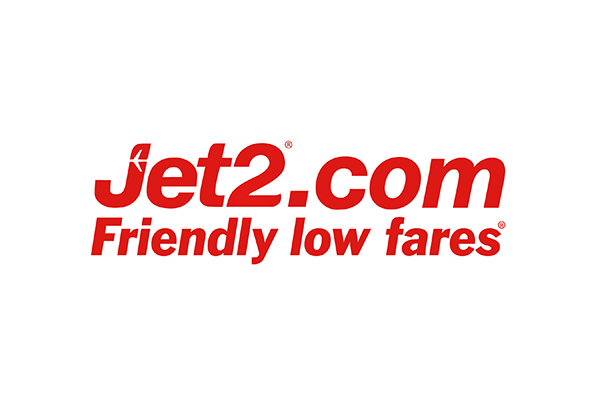



























Dozens fall ill in P&O Cruises ship outbreak
Turkish Airlines flight in emergency landing after pilot dies
Boy falls to death on cruise ship
Unexpected wave rocks cruise ship
Storm Lilian travel chaos as bank holiday flights cancelled